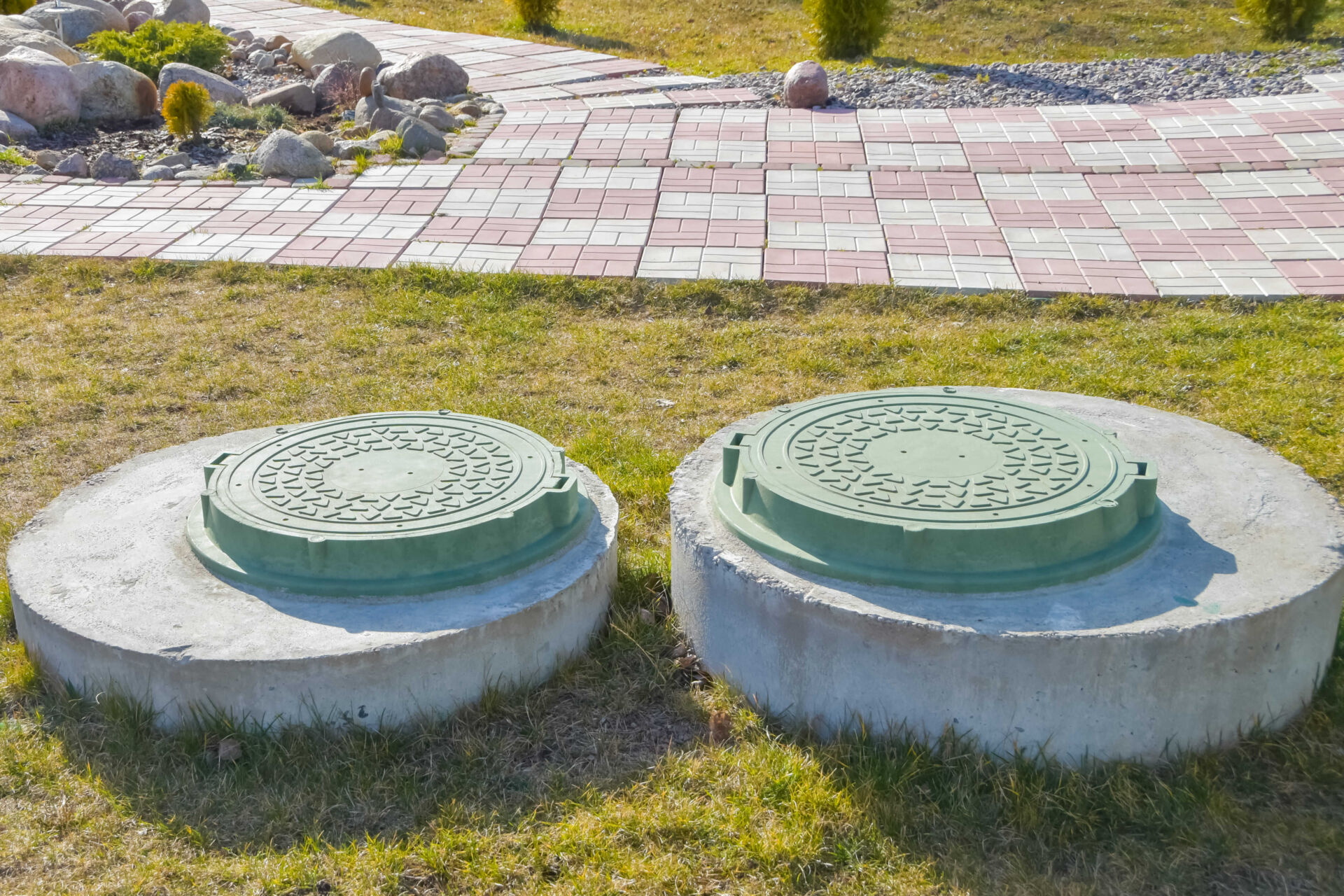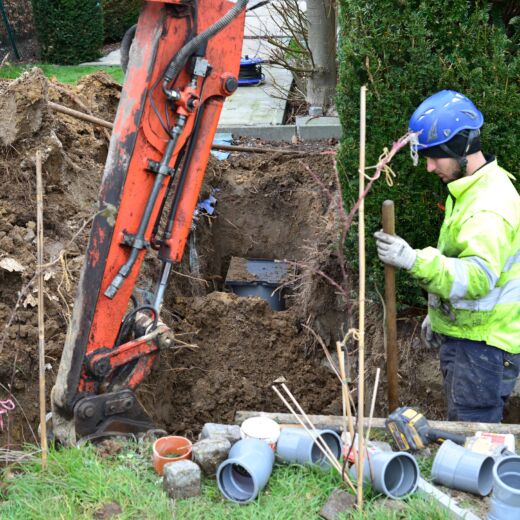Selecting the proper septic tank size is one of the biggest decisions you’ll make when installing or replacing a septic system. Having the right-sized tank will ensure smooth wastewater management on your rural property, lower your maintenance costs, and protect both your home and the environment.
Here’s a step-by-step guide to help you make an informed decision on your septic tank size.
Start with Your Household Needs
The size of your household—typically measured by the number of bedrooms or people living in it—is the most straightforward way to determine the size of your septic tank. For example:
- Smaller homes (1–2 bedrooms): A 750 to 1,000-gallon tank is usually enough to handle everyday use
- Average-sized homes (3 bedrooms): Most families in this range do well with a 1,250-gallon tank.
- Larger families (4 bedrooms): With more bathrooms and higher water demands, a 1,500-gallon tank is a safer choice.
- Big households (5+ bedrooms): For homes with lots of occupants—or extra water features like hot tubs, irrigation systems, or large appliances—a 2,000-gallon tank or more is the best option.
Consider Water Usage and Daily Flow
Every person in a household contributes to daily water usage—typically around 50 to 75 gallons per day. Multiply this by the number of occupants to estimate your daily wastewater flow—this will directly influence the septic tank size you need.
For larger homes or those with high-water-use appliances (e.g., dishwashers, multiple bathrooms), err on the side of caution with a larger septic tank size to avoid frequent pumping and backups.
Don’t Forget Local Regulations and Soil Conditions
Before settling on a septic tank size, always check with your local municipal or environmental authority. Regulations often dictate minimum sizes, placement requirements, and sometimes demand two-compartment tanks for new installations.
Additionally, soil type impacts how quickly effluent drains into the soil absorption field—this, in turn, can affect the septic tank’s function and required capacity.
Bigger Is Better
While larger tanks cost more upfront, they offer benefits worth considering, including:
- Less frequent pumping needed
- Greater buffer for growing households
- More forgiving error margin
A correctly installed septic tank can never be too large—it can only be too small.
Consult the Professionals
When it comes to choosing and installing your septic system, you’ll want to work with highly skilled technicians. A professional will help you understand your septic tank size needs and ensure it’s tailored to your property’s unique characteristics. They’ll factor in household size, usage patterns, soil conditions, and local regulations to design the optimal system for you.
Plan for the Future and Maintain Regularly
If you anticipate future expansion—like adding bedrooms, guests, or features that increase water use—plan ahead and choose a larger tank.
Once installed, maintain your system responsibly:
- Pump your septic tank every 3 to 5 years, depending on size and usage
- Watch for warning signs such as slow drains, odours, or alarms
- Schedule routine inspections to ensure the system continues to operate efficiently
CTA
Choosing the right septic tank size isn’t about picking the biggest available—it’s about finding the one that fits your current needs, future plans, and meets regulations. At Canadian Sanitation, we’ll work with you to ensure you get a septic system that’s efficient, durable, and environmentally responsible.
Need help getting started? Contact Canadian Sanitation for a personalized consultation and turn good planning into long-lasting peace of mind.




